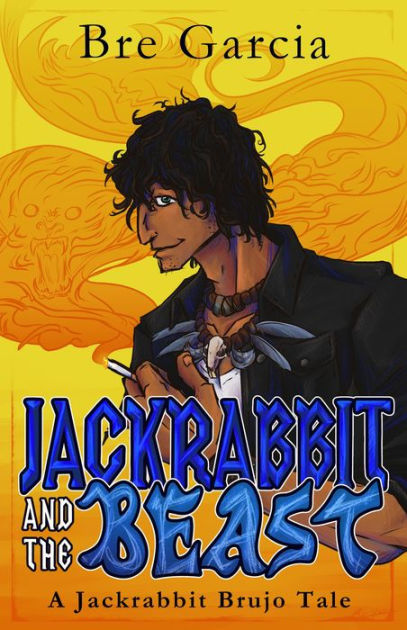The Bottom Line: A winning blend of mystery and magical realism. One of the most original PI novels in recent memory.

Set in Tucson, Jackrabbit and the Beast opens as private investigator Jernimo Velasquez is marking the one-month anniversary of the funeral of his girlfriend, Laura. Vel, as friends call him, is working through his grief by making out with Laura’s girlfriend’s best friend, Shoua. Vel and Shoua both miss Laura desperately, and their awkward intimacy seems in a way like its own funeral – so much so that it ends abruptly, with Shoua declaring, “It’s weird.”
Vel is consumed with understanding his girlfriend’s brutal death, and moreover, how she does or doesn’t fit within a pattern of other victims. All were white – their partners were not – and pregnant within a year of each other. Helping Vel in his quest is a Tucson police lieutenant whom he calls Lieu. While Vel and Lieu clearly rely on each other, Lieu’s communication style –like “an anvil falling from the sky” – ensures constant friction in the relationship.
Author Bre Garcia, inspired by the poetry of Gloria Anzaldua, deftly blends crime fiction with magical realism. While the novel is set in modern-day Tucson, the typical restraints of reality come off early on. Vel’s inner thoughts and actions indicate a deep connection to the occult. For example, he keeps his mother’s eyes as a deeply personal reliquary, and there are numerous references to charms and milagros throughout. More importantly, in Vel’s mind, “the Beast” responsible for Laura’s death is a coyote, but not in the literal sense. It is shaggy and nondescript in shape, with bison-like shoulders and cat-like moves.
Like Gabriel Garcia Marquez, Bre Garcia writes gorgeously at the intersection between imagination and reality. When conveying Vel’s inner thoughts and perceptions, the novel is often so dream-like that it reads like a dark fable. But the story also manages to feel contemporary, even when the crime scenes stretch beyond what seems plausible (“sprays of blood painted the saguaro her body was wrapped around”), or when floods caused by a Tucson monsoon open up a sinkhole that, Vel jokes, could clear the way for a class-action lawsuit.
Garcia never lets up on the emotional burden Vel carries. The more clues Vel surfaces that tie the victims together, the more vulnerable he becomes. As the novel reaches its conclusion and aha-ha moments are revealed, readers will undoubtedly reach their own conclusions as to the delta between Vel’s version and “reality.” The journey is well-worth taking.

